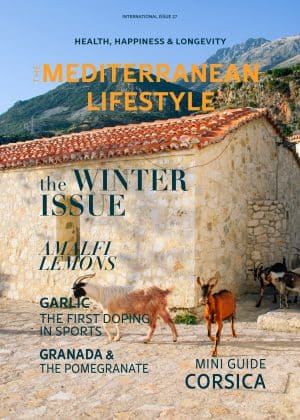TRADITION, HISTORY AND MAGNIFICENT MASKED BALLS
The Carnevale di Venezia is the largest and most important Venetian festival and without doubt, it fascinates even 900 years after its first historical mention, thousands of people from all over the world. The oldest known document that mentions the use of masks in public is a chronicle by Doge Vitale Falier from 1094. However, this origin actually has little in common with today’s carnival.
At that time, a period during the year was dedicated to recreation and entertainment for the entire population. Protected by masks and disguises that hid one’s personality, one could slip into a new role and poke fun at the aristocracy without worrying about consequences. The nobility, on the other hand, learned what was going on among the people and what their subjects thought of them.

The actual Venice Carnival began almost a century later, in 1162. To celebrate the victory over the enemy, the Patriarch of Aquileia, Ulrico di Treven, people gathered in St. Mark’s Square, where they danced and partied extensively. Another century later, in 1268, the last day before Lent was declared a public festival. The origin of the word Carnival is traced back to Carne vale (meat farewell), which begins with Ash Wednesday, the 40-day fasting period for Christians before Easter.
During this time, celebrations and the consumption of meat, sugar and fat were forbidden, which is why people tried to get rid of all their rich food and drinks before Lent and celebrate extensively under the protection of costumes and fancy masks. Of course, the tendency for theft, petty crime and harassment of all kinds increased at that times, which is why a nighttime ban on masks and costumes was issued in 1339.

In the 16th century, after the great plague, official masked balls began to celebrate the end of the plague. This soon turned into magnificent festivals, not only in Venice at which society not only indulged in the fine arts, but also in extravagant private events. It was the era of Giacomo Casanova in the 18th century, when carnival was at its peak. Under the protection of the mask, everything that was otherwise considered inappropriate was suddenly allowed. Ladies of high society were allowed to wear masks and go to masked balls, which was previously not possible in public without a male escort. Among the most popular disguises were the leading actors of traditional theater, the Commedia dell’arte, such as the classic costumes of the harlequin, the colombina, the brighella, the pulcinella, the dottore or the capitano.
Read the full article in Issue 16








